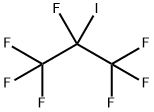Cycloheptanone(CAS#502-42-1)
| Risk Codes | R10 – Flammable R36/37/38 – Irritating to eyes, respiratory system and skin. R41 – Risk of serious damage to eyes R22 – Harmful if swallowed |
| Safety Description | S23 – Do not breathe vapour. S24/25 – Avoid contact with skin and eyes. S36 – Wear suitable protective clothing. S26 – In case of contact with eyes, rinse immediately with plenty of water and seek medical advice. S39 – Wear eye / face protection. |
| UN IDs | UN 1987 3/PG 3 |
| WGK Germany | 3 |
| RTECS | GU3325000 |
| TSCA | Yes |
| HS Code | 29142990 |
| Hazard Note | Irritant |
| Hazard Class | 3 |
| Packing Group | III |
Introduction
Cycloheptanone is also known as hexaneclone. The following is an introduction to the properties, uses, preparation methods and safety information of cycloheptanone:
Quality:
Cycloheptanone is a colorless liquid with an oily texture. It has a strong pungent odor and is flammable.
Use:
Cycloheptanone has a wide range of applications in the chemical industry. It is an important organic solvent that dissolves many organic matter. Cycloheptanone is commonly used to dissolve resins, paints, cellulose films, and adhesives.
Method:
Cycloheptanone can usually be prepared by oxidizing hexane. A common preparation method is to heat hexane to high temperatures and come into contact with oxygen in the air to oxidize hexane to cycloheptanone through the action of a catalyst.
Safety Information:
Cycloheptanone is a flammable liquid that causes combustion when exposed to open flames, high temperatures, or organic oxidants. When handling cycloheptanone, safe operating procedures should be followed to avoid inhalation of its vapors and contact with the skin. Appropriate protective gloves, goggles, and protective clothing should be worn when in use. The operating area should be well ventilated and kept away from fire sources and open flames. In case of accidental contact with cycloheptanone, it should be rinsed immediately with plenty of water and treated with medical attention.
Cycloheptanone is an important organic solvent with a wide range of applications. Its preparation is usually done by the oxidation reaction of hexane. When using, pay attention to its flammability and irritation, and strictly follow the operating procedures and safety measures.


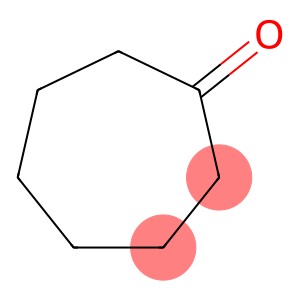
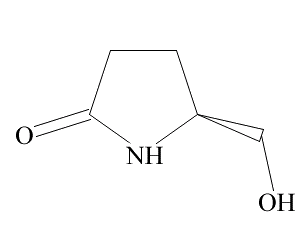
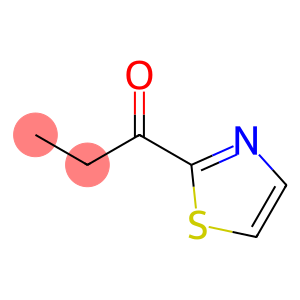
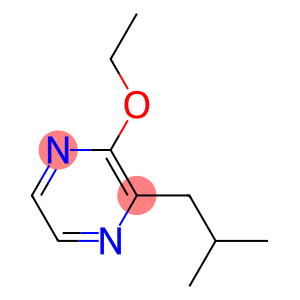
![[(difluoromethyl)thio]benzene (CAS# 1535-67-7)](https://www.xinchem.com/uploads/difluoromethylthiobenzene.png)
